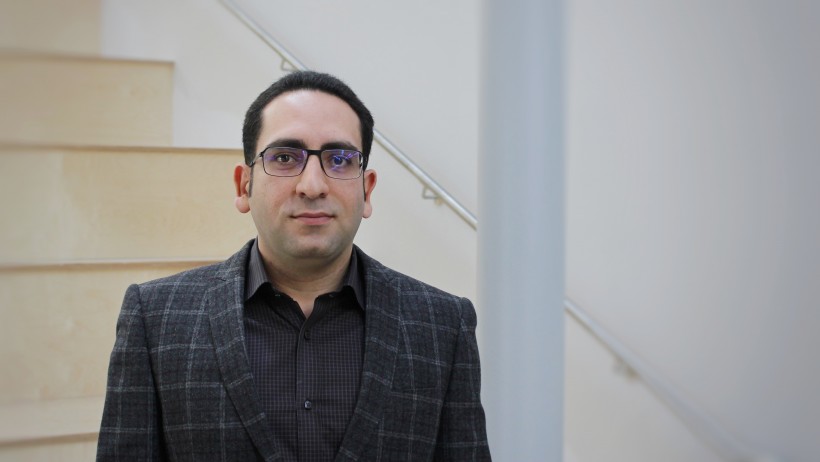A team of Dalhousie University faculty members is creating engineering software to partly automate the design of buildings, and has already arranged two pilot projects with its solution.
Smart Engineering, co-founded by faculty members Reza Rahimi and Gordon Fenton, will allow engineers to request a change to a design and then use artificial intelligence to implement the change without compromising the rest of the structure.
“If an engineer wants to move a column from Point A to Point B, they won’t have to redesign the whole building because the software will re-calculate the design for them,” said Rahimi in an interview.
Other drafting software is already widely used in the industry, but Smart Engineering aims to be the first company to offer a product that automates many of the calculations that ensure a building is structurally sound.
The introduction of automation is made possible by a change in how the program uses computer hardware.
Most software runs on a computer’s core processing unit, or CPU. Smart Engineering’s AI will instead run on a computer’s graphics card. A CPU usually has between two and eight cores. The number of cores corresponds to how many computational tasks the computer can complete at once.
A graphics card is only meant to perform the calculations that produce a computer’s visual output, which is displayed on the monitor. A graphics card has less powerful cores than a CPU, but may have thousands of cores, rather than only a handful.
Novonix To Grow With $500K BDP Loan
The increased number of available cores make it possible for many more calculations to be performed simultaneously, which provide the processing power Rahimi and Fenton need for their AI system.
Smart Engineering will market itself to engineering consultancy firms, whose business model is partly volume-based.
Consulting companies bid on large numbers of projects and each bid involves creating a new design. Automation will help them create more designs in less time, while still maintaining safety standards.
Rahimi also plans to target universities, which he hopes will purchase the software for their students. That would mean that the companies the students end up working for would be more inclined to buy it, Rahimi said.
“If they have employees coming in and saying, ‘I’m comfortable with Smart Engineering,’ the employer will be more likely to buy the software,” Rahimi said.
He and Fenton have arranged two pilot projects: one with Dalhousie and one with engineering consultancy firm CBCL Limited.
They plan to begin small-scale testing of the software a year from now, roll out a more complete “beta” version in two years, and have the finished product ready in three.
The software will be cloud-based to limit the hardware requirements for users.
Potential customers have told Rahimi that they would prefer not to pay a monthly subscription because their usage levels will ebb and flow depending on how busy they are. Instead, they will pay for the software on a per-design basis.
Universities, however, will still be offered a monthly subscription model because students practising their skills are likely to use the software more consistently.
The company is aiming to raise enough money from publicly backed funding sources, such as Crown corporation Innovacorp, to pay for the first two years of the development process.
After that, Rahimi says they will look to the private sector.










